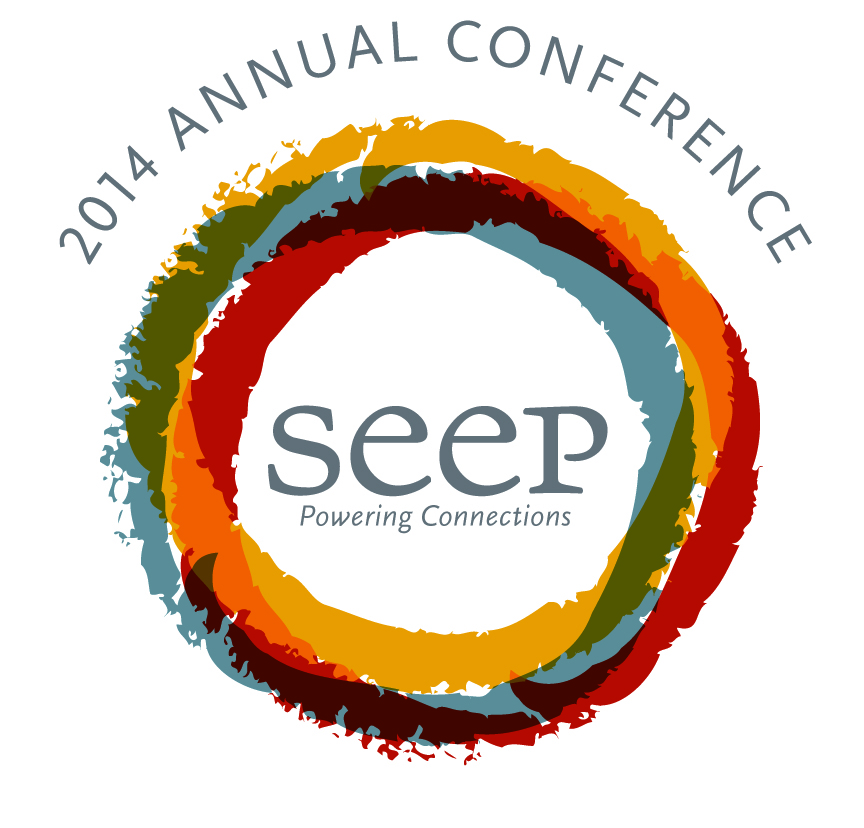Entrepreneurs Wanted : At next week’s SEEP Conference, exploring ‘push and pull’ approaches to Ag growth
Editor’s note: NextBillion is a media partner for The SEEP Network’s 2014 Annual Conference, which will serve as a platform to promote learning and exchange around proven and emerging approaches, strategies and models for reaching substantial numbers of poor and vulnerable populations on a sustainable basis. The conference will explore scalable solutions that involve inclusive business models, private sector partnerships, technology applications, and new investment and financing models.
Smallholder farmers are transforming agricultural markets. However, integrating them into markets remains challenging. Push/pull approaches suggest two main strategies: One, build up producer capacities, based on market requirements; and two, facilitate the entry of “lead firms” that can help grow the selected sectors. Sounds straightforward – but in practice, companies struggle to deal directly with large numbers of fragmented small-scale producers, and these producers are often unable to have deep or long-term relationships with the companies, or are uninterested in doing so.
In between push and pull, therefore, lies a gap in communication, commitment and trust that can undermine inclusive market development.
When applying a push/pull approach in several countries where the Aga Khan Foundation (AKF) works, we have seen that entrepreneurs coming from the local population bridge this gap very effectively. Much more than just “petty traders,” such entrepreneurs understand the business needs of firms, are plugged into farm- and community-level dynamics, and can therefore:
-
Intermediate between producers and firms
-
Sell inputs to producers in hard-to-reach areas
-
Negotiate deals for buying and selling
-
Organize smallholders to aggregate produce
-
Help enforce compliance with contracts and standards
-
Channel essential market information between actors
Local entrepreneurs have incentives to develop long-term, win-win relationships between firms and producers, as they can sell value-added services to both and turn these services into viable businesses for them. How entrepreneurs emerge and fill gaps between producers and firms will depend largely on the context.
Here are two examples from our experience:
The Coastal Rural Support Program, Tanzania (CRSPT) implements a push/pull program to develop the sesame value chain, in a very poor area. Tanzania has an input supply market; however, few firms did business in the remote southern part of the country that CRSPT targeted.
The program started with push interventions: training farmers on quality, volume and post-harvest handling, and helping farmers mobilize to sell together. As the program matured, agro-input wholesalers were brought to the area and expressed interest, but little happened because of the high cost of establishing sales staff. Then the program started training interested lead farmers in business, and developed a cohort of “Village-Based Agents” (VBAs) as last-mile service providers for farmers. These VBAs were introduced to reputable agro-input supply wholesalers. Consequently, the firms gained capable contacts through which to reach a wide rural customer base. As their relationship with – and trust in – the VBAs developed, new offerings and products were added, and VBAs developed services for farmers (such as tractor rental) where they saw an opportunity.
 In Tajikistan, the Mountain Societies Development Support Program (MSDSP) works in an area with very few firms nearby. In this context, MSDSP has used push approaches to identify and support ambitious entrepreneurs to establish agri-businesses in sectors with a comparative advantage and market potential. Following an initial push phase with new entrepreneurs, MSDSP has begun to shift its tactics with a smaller group of growth-oriented micro enterprises with proven markets and keenness to expand operations. In the case of Pamir Travel, a dried fruit enterprise, MSDSP is now working to build its supply chain through an expanded agent network. This work, in turn, involves identifying and supporting additional entrepreneurs who can source and aggregate produce from additional smallholder suppliers.
In Tajikistan, the Mountain Societies Development Support Program (MSDSP) works in an area with very few firms nearby. In this context, MSDSP has used push approaches to identify and support ambitious entrepreneurs to establish agri-businesses in sectors with a comparative advantage and market potential. Following an initial push phase with new entrepreneurs, MSDSP has begun to shift its tactics with a smaller group of growth-oriented micro enterprises with proven markets and keenness to expand operations. In the case of Pamir Travel, a dried fruit enterprise, MSDSP is now working to build its supply chain through an expanded agent network. This work, in turn, involves identifying and supporting additional entrepreneurs who can source and aggregate produce from additional smallholder suppliers.
Designing and sequencing push and pull approaches is challenging. While every context demands unique tactics and models, our experience suggests that local entrepreneurs play a central role in most cases. Identifying the right sectors, approaches and entrepreneurs is critical to success. We look forward to discussing at the SEEP Annual Conference how local entrepreneurship has worked in these push/pull programs and might work for others.
Sally Walkerman is the Senior Program Officer at the Aga Khan Foundation in Tanzania. Join her and others on the Aga Khan Foundation team at the 2014 SEEP Annual Conference for the session “Entrepreneurs Wanted: Connecting Push and Pull Approaches.”
- Categories
- Agriculture
